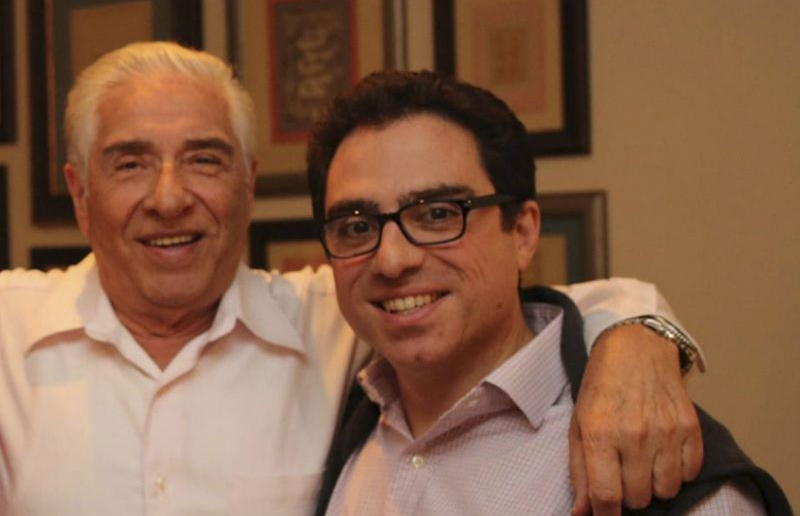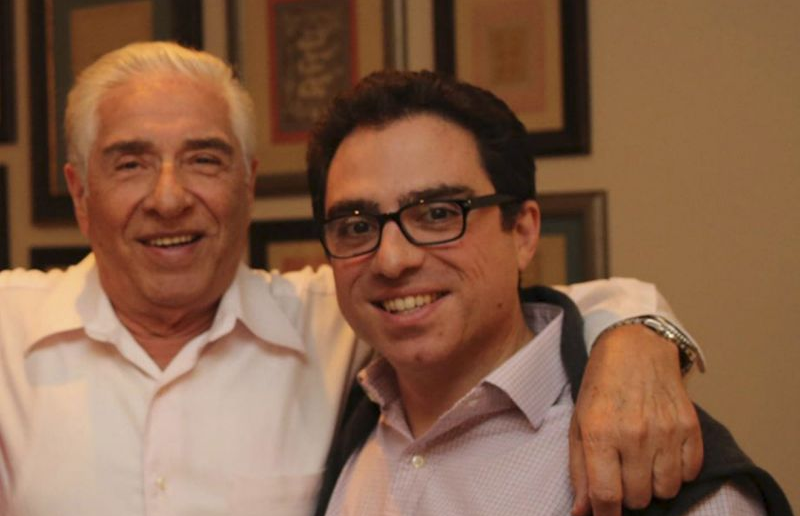
Siamak Namazi, an American citizen detained in Iran, has been released on a one week furlough from the country’s Evin prison, a lawyer for Namazi told CBS News on Saturday. And his father, Baquer Namazi, who is also detained in Iran, was told he could leave the country for medical treatment.
Jared Genser, the family’s pro-bono counsel, said that Siamak is spending a night at home with his parents in Tehran for the first time in seven years.
“While these are critical first steps, we will not rest until the Namazis can all return to the United States and their long nightmare has finally come to an end,” Genser said in a release. He also confirmed that the travel ban on Baquer Namazi had also been lifted.
The elder Namazi is scheduled to have surgery in Tehran. The United Nations announced the release in a statement Saturday afternoon, and described it as being intended for medical treatment abroad.
Baquer is a former U.N. official, and he was detained in 2016 after trying to help his son, who had been arrested there the previous year.
During his time in Evin, Siamak has been beaten, Tased, and forced to watch distressing footage, including some that shows his father in captivity, according to his lawyers. He has also repeatedly requested to visit his father, and he has been denied every time, his family said.
Last year, Baquer’s lawyers appealed to the U.N. to help free the then-84-year-old because he was in need of immediate surgery. Throughout his time in prison, Baquer has been hospitalized several times and been diagnosed with various illnesses, including adult-onset epilepsy.
Baquer’s son, Babak Namazi, revealed last year that the Iranian judiciary had closed his father’s case and commuted his sentence to time served in early 2020 because of his deteriorating health. However, Iranian authorities have continued to arbitrarily deny him a passport to otherwise allow him to leave the country, effectively keeping him captive.
Siamak and Baquer are considered by the U.S. to be wrongfully detained.
Fraudulent bank call leads police to new evidence in deaths of mother and daughter




